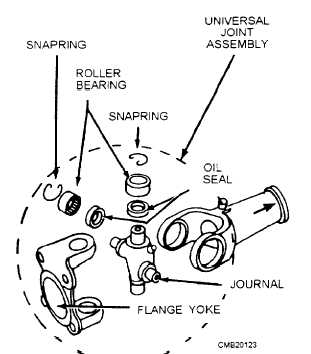
Figure 5-5. - Cross and roller universal joint - disassembled view.
Ball and Trunnion Universal Joint
The ball and trunnion universal joint is a T-shaped shaft that is enclosed in the body of the joint (fig. 5-6). The trunnion ends are each equipped with a ball, mounted in needle bearings. and move freely in grooves in the outer body of the joint, in effect, creating a slip joint. Compensating springs at each end of the drive shaft hold it in a centered position.
Variations in length is permitted by the longitudinal movement of the balls in the body grooves. Angular displacement is allowed by outward movement of the balls on the trunnion pins. This type of universal joint is recognized easily by the flexible dust boot that covers it.
Double-Cardan Universal Joint
The double-cardan universal joint uses two cross and roller joints in tandem to form a single joint (fig. 5-7). The joints are linked through a centering yoke that works in conjunction with a specially designed spring-loaded centering ball. The components are contained within the centering coupling yoke.
As the shafts rotate, the action of the centering ball and yoke acts to maintain an equally divided drive angle between the connected shafts, resulting in a constant drive velocity.
CONSTANT VELOCITY (CV) JOINTS
The speed fluctuations caused by the conventional universal joints do not cause much difficulty in the rear-wheel drive shaft where they have to drive through small angles only. In front-wheel drives, the wheels are cramped up to 30 degrees in steering. For this reason velocity fluctuations present a serious problem. Conventional universal joints would cause

Figure 5-6. - Ball and trunnion universal joint.
Continue Reading